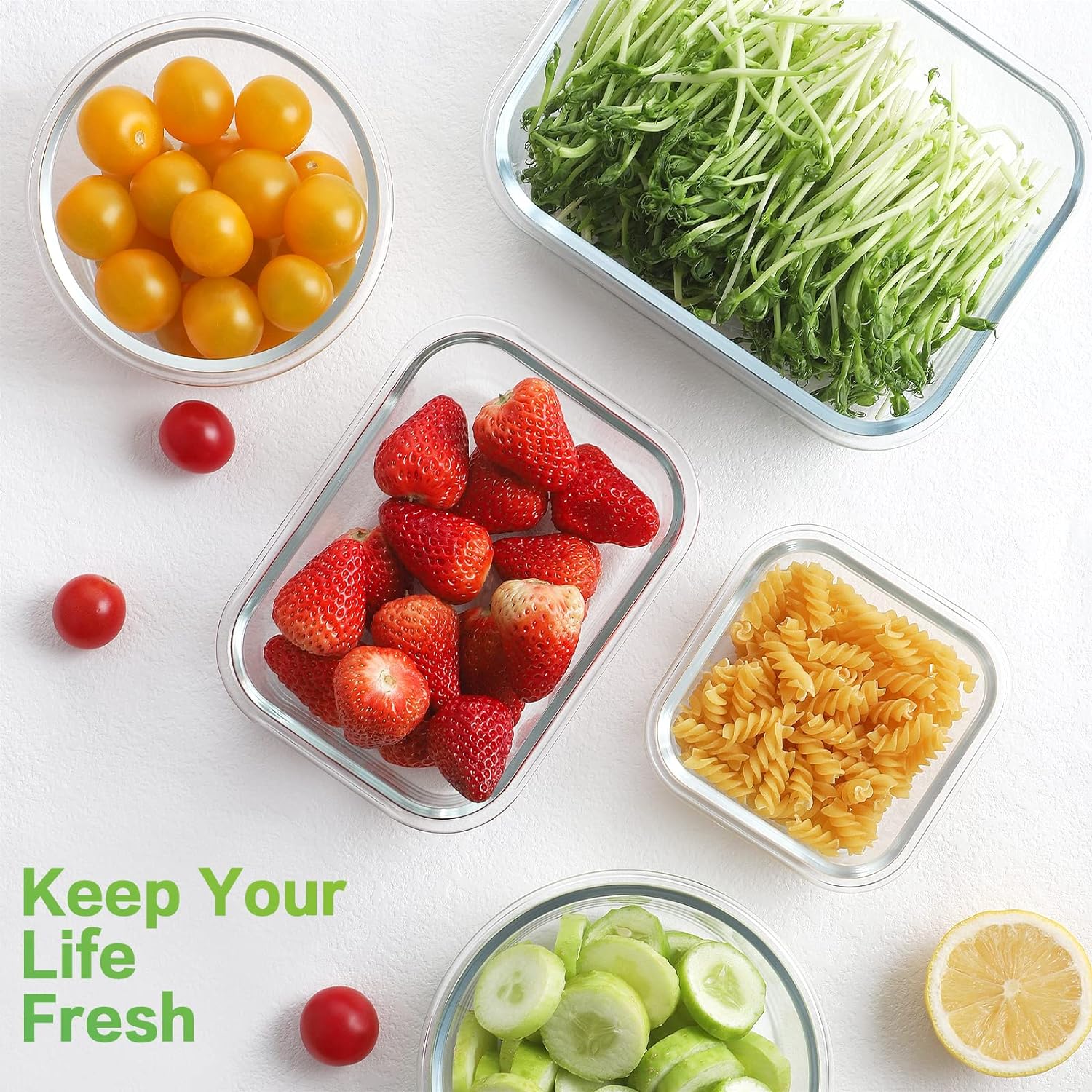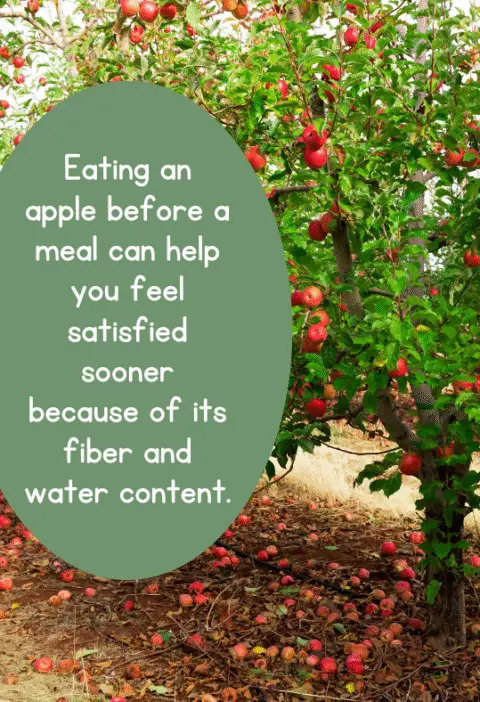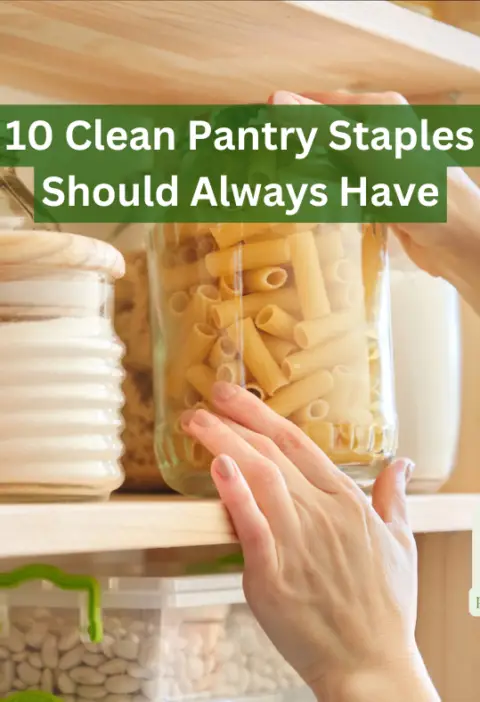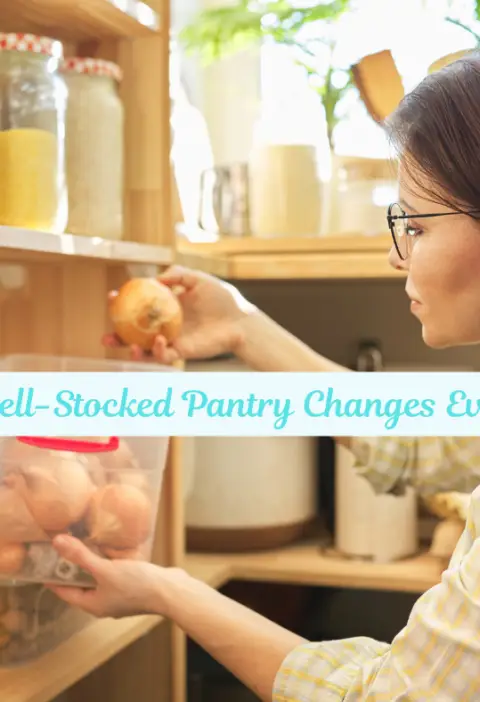The kitchen is the heart of the home, but even the most experienced cooks can develop habits that put food safety at risk. Let’s shine a light on some common kitchen practices that could be hazardous—and how to fix them to keep your meals safe and your family healthy.
Your kitchen may seem like a safe space, but small habits can unintentionally lead to food safety risks. By identifying and fixing these practices, you can ensure your meals are as safe as they are delicious. Let’s take a closer look at five common habits and how to handle them properly.
1. Thawing Food on the Counter
It’s tempting to leave frozen chicken or fish on the counter to defrost quickly, but this habit can invite bacteria to multiply.
Why It’s Risky: The “danger zone” for bacterial growth is between 40°F and 140°F. When food sits at room temperature for too long, harmful bacteria like Salmonella and E. coli can flourish.
The Fix: Use one of these safe thawing methods:
- Refrigerator Thawing: Place the frozen item on a plate or in a container to catch drips and leave it in the fridge overnight.
- Cold Water Thawing: Submerge the food in a sealed bag in cold water, changing the water every 30 minutes.
- Microwave Thawing: Use the defrost setting if you’re short on time and cook immediately after thawing.
Amazon Basics Glass Locking Lids Food Storage Containers, 14-Piece Set, 7 Count of Bases and 7 Plastic Lids, Clear, Blue
2. Not Washing Hands Properly
Even if you wash your hands frequently, are you doing it correctly? Proper handwashing is critical to preventing the spread of germs.
Why It’s Risky: Cross-contamination can occur when handling raw meat, eggs, or unwashed produce. Germs on your hands can transfer to surfaces, utensils, and other foods.
The Fix:
- Use warm water and soap.
- Scrub your hands, including between your fingers and under your nails, for at least 20 seconds.
- Dry with a clean towel or paper towel.
Pro Tip: Keep a small poster or reminder near the sink about handwashing steps, especially if you’re cooking with kids.
3. Using the Same Cutting Board for Everything
Cutting boards can harbor bacteria, especially when used for raw meat and then for ready-to-eat foods like vegetables.
Why It’s Risky: Even a quick rinse won’t remove all bacteria from the surface. Cross-contamination can lead to foodborne illness.
The Fix:
- Dedicate separate cutting boards for raw proteins and fresh produce. Use color-coded boards (e.g., red for meat, green for vegetables) to make it easier to remember.
- Wash cutting boards thoroughly with hot, soapy water after each use, and sanitize them regularly.
Extra Tip: Consider replacing cutting boards made of plastic or wood if they develop deep grooves, which can trap bacteria.
4. Overlooking the Refrigerator’s Temperature
How often do you check your fridge’s temperature? If it’s too warm, your food may not stay safe for long.
Why It’s Risky: Refrigerators should maintain a temperature of 40°F or lower to slow bacterial growth. Food stored above this temperature for prolonged periods can spoil quickly.
The Fix:
- Use a refrigerator thermometer to ensure the temperature stays consistent.
- Organize your fridge to maximize airflow: don’t overstuff it! Keep raw meat on the bottom shelf to prevent drips.
Pro Tip: Perform a monthly cleanout of your fridge to discard expired items and deep-clean surfaces.
- 10 Pack Dishwasher Safe Freezer Bags, BPA Free Reusable Bags Silicone, Leakproof Reusable Lunch Bag for Salad Fruit Travel - 2 Gallon 4 Sandwich 4 Snack Bags
5. Tasting Food to Check for Spoilage
A quick taste might seem harmless, but consuming even a small amount of spoiled food can be dangerous.
Why It’s Risky: Foods contaminated with harmful bacteria or toxins often don’t look or smell different, making taste-testing unreliable.
The Fix:
- Trust your senses: if something smells off, has an unusual texture, or is past its expiration date, throw it out.
- Follow storage guidelines for perishables and leftovers. For example, cooked food should be refrigerated within two hours and consumed within three to four days.
Extra Tip: Label leftovers with the date they were made to avoid confusion later.
Bonus Tips for a Safer Kitchen
- Clean as You Go: Keep your workspace tidy to prevent the spread of germs. Use a disinfectant to wipe down surfaces after handling raw meat.
- Replace Kitchen Sponges Regularly: Sponges are bacteria magnets. Clean them frequently or replace them every couple of weeks.
- Use Food Thermometers: Ensure meats are cooked to the proper internal temperature (e.g., chicken to 165°F).
Final Thoughts
Food safety starts with awareness and simple changes to your kitchen habits. By thawing properly, washing hands, avoiding cross-contamination, monitoring your fridge, and discarding questionable food, you can keep your meals safe and your family healthy.







